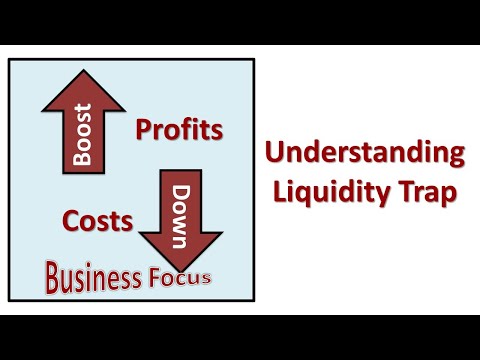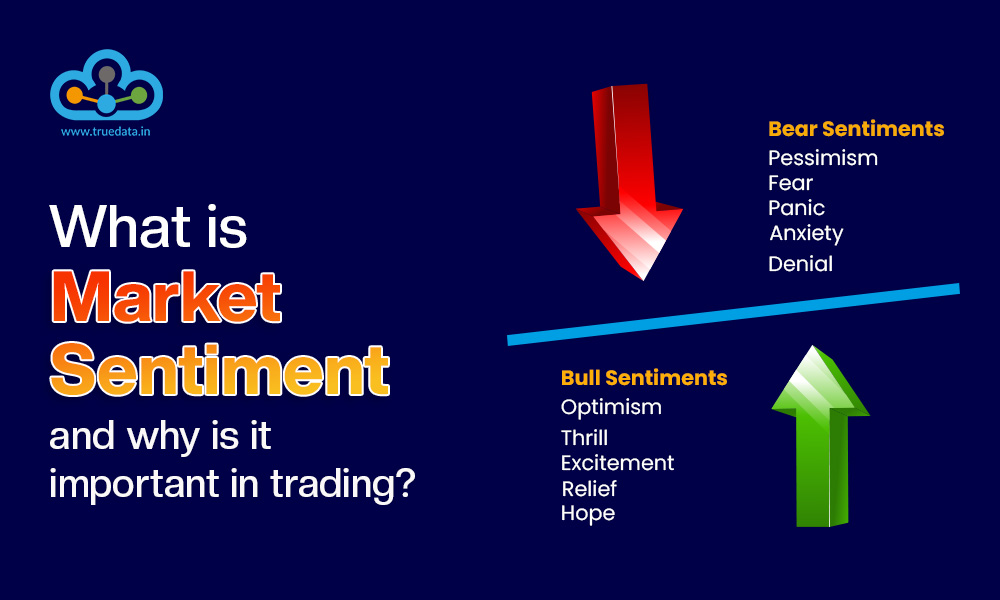
By ATGL
Updated November 26, 2025
Understanding the Liquidity Trap and Its Impact on Investors
A liquidity trap can influence markets in ways that limit the effectiveness of policy decisions, weaken momentum, and create uncertainty for investors and traders. While the concept is often discussed in macroeconomics, liquidity traps also appear in trading environments when large players exploit price levels to trigger stop-losses or create false breakouts. Understanding both interpretations is important because each can influence market behavior, investor sentiment, and portfolio performance.
What Is a Liquidity Trap in Trading?
A liquidity trap traditionally refers to a macroeconomic situation where central banks lower interest rates to stimulate borrowing, yet economic activity does not respond. Even with easy access to credit, consumers and businesses avoid new loans because confidence is low. As a result, monetary policy becomes less effective and economic progress slows.
In trading, the term also describes a technical setup where price is pushed beyond a key level only to reverse immediately. These events often occur near obvious support or resistance areas. The move attracts traders who expect a breakout or breakdown, but the sudden reversal traps them in losing positions. This type of liquidity event is driven by the search for stop-loss clusters and available order flow rather than economic fundamentals.
Both interpretations highlight a similar characteristic: liquidity is present, but the market does not behave in a way that supports efficient or predictable outcomes.
To explore related concepts, see Interest Rate Risk and Impact of Interest Rates on Market for broader context on rate-driven market shifts.
Why Liquidity Traps Form and How They Affect Markets
A macroeconomic liquidity trap develops when interest rates approach zero and monetary policy loses its ability to stimulate growth. Households may prioritize saving over spending, and businesses delay expansion due to uncertainty. Even though the central bank increases the money supply, demand for loans does not rise. The result is slower economic progress, limited inflation, and reduced market confidence.
In trading, liquidity traps emerge for different reasons. Market participants with significant buying or selling power may temporarily drive prices above resistance or below support to gather liquidity from retail stop-losses. These sharp, short-lived moves often reverse quickly, causing traders who chased the breakout to close positions at a loss. This behavior can reduce the reliability of traditional chart signals and lead to range-bound conditions with sudden spikes in volatility.
Both forms of liquidity traps influence market behavior by reducing momentum and distorting normal price reactions. Investors may see slower asset appreciation, weaker trend continuation, and prolonged sideways markets. Traders may experience more false signals, unexpected reversals, or periods of low conviction.
For further reading on cyclical behavior and timing challenges, review Stock Market Seasonality and Whipsaw Trading.
What Is an Example of a Liquidity Trap?
A common macroeconomic example occurs when a central bank lowers interest rates close to zero, but neither consumers nor businesses increase borrowing. Japan experienced extended periods of low growth despite low interest rates, which demonstrated how reduced borrowing activity can limit monetary policy effectiveness.
A trading-based example appears during a false breakout. Price moves above a recognized resistance zone, attracting buyers who expect continuation. However, the breakout fails, and price quickly falls back below the level. Traders who bought the breakout become trapped in losing positions. This is typical of a liquidity sweep designed to capture stop-losses or attract liquidity from retail participants.
Both examples show how liquidity is available, but the market does not react in a way that supports typical growth or trend development.
How to Fix or Avoid Liquidity Traps as an Investor
There is no single solution for resolving macroeconomic liquidity traps. Central banks often rely on fiscal policy support such as direct government spending, tax incentives, or targeted economic programs to restore confidence. Stronger economic sentiment encourages households and businesses to begin borrowing again, which can help reestablish normal policy effectiveness.
From a trading standpoint, avoiding liquidity traps involves adjustments in strategy rather than attempts to fix the underlying cause. Traders can reduce the impact of false breakouts by waiting for confirmation rather than entering on the initial spike. Higher-time-frame analysis can help identify when the market is consolidating rather than trending. Reducing position size, avoiding entries during highly volatile news events, and waiting for stable retests of levels can also help reduce exposure to trap-driven reversals.
Investors benefit from a long-term outlook when liquidity traps are present. Maintaining diversification, limiting overreliance on short-term rate policy changes, and focusing on quality assets can help protect portfolios during periods of limited economic responsiveness.
Recognizing Liquidity Traps Through Market Signals
Liquidity traps often share identifiable characteristics that can help investors and traders assess risk:
- False Breakouts: Quick price movements above resistance or below support that revert almost immediately.
- Stop-Loss Targeting: Rapid price spikes into areas where retail orders are concentrated.
- Low Real Volatility: Price appears active due to sharp intraday moves, but the broader trend remains sideways.
- Key Level Concentration: Liquidity events often occur around widely recognized zones where traders cluster entries and stop-losses.
- Muted Policy Response: In macro conditions, rate cuts generate limited economic momentum or credit demand.
Recognizing these signals helps reduce exposure to unreliable setups and improves decision-making in uncertain market conditions.
Monitoring economic conditions such as extended low interest rates and muted inflation can also provide early warning signs of macroeconomic liquidity traps. For traders, reviewing volume behavior, failed retests, and sudden reversals near major levels can help identify when the market is gathering liquidity rather than establishing a trend.
Enhance Your Strategy With Rules-Based Trading
Periods influenced by liquidity traps often require structured decision-making and disciplined planning. If you want access to rules-based trading education, real-time charts, and weekly strategies, consider exploring ATGL membership options. Learn more at Above the Greenline.






